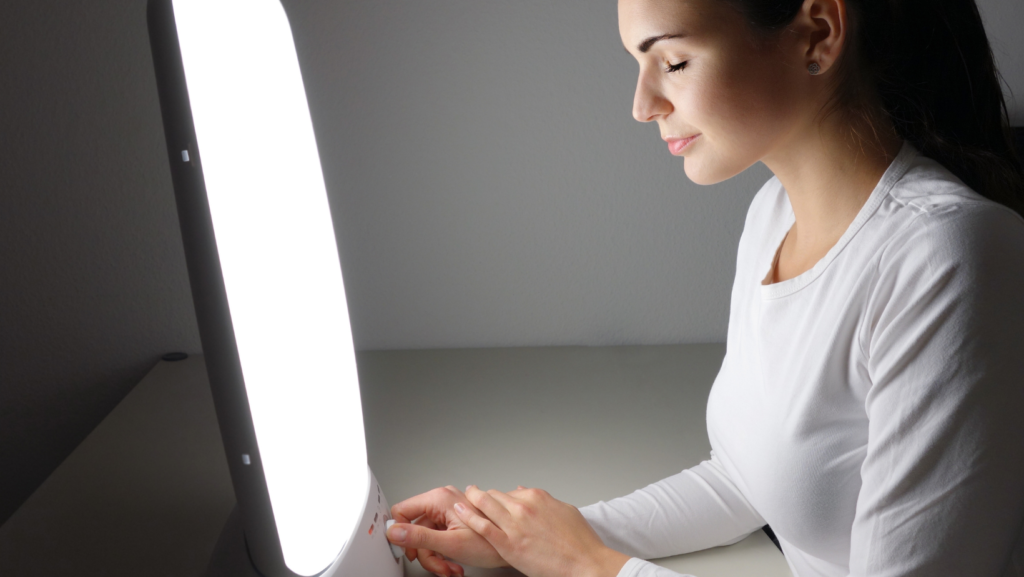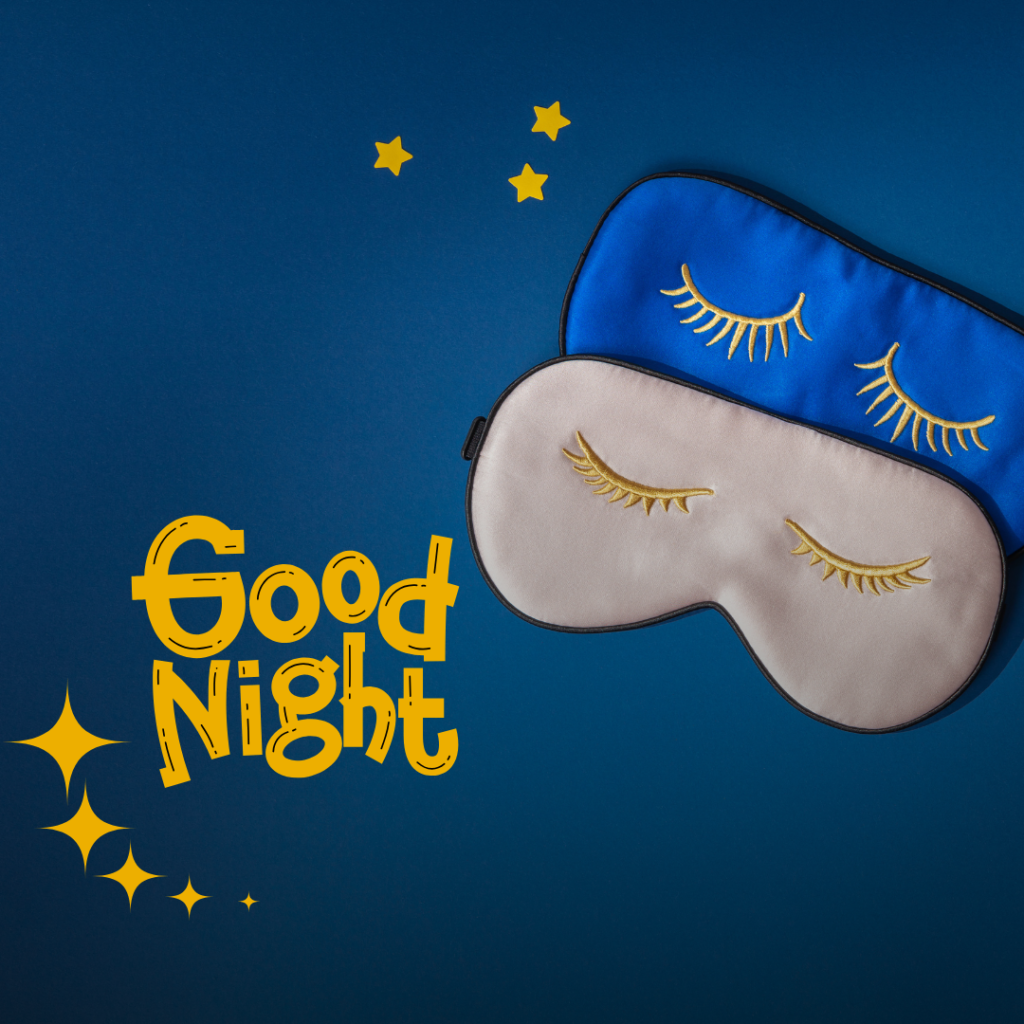As winter approaches, the days get shorter, the temperature drops, and sunlight becomes more scarce. For many people, these changes bring more than just colder weather—they can lead to increased anxiety and even a form of depression called Seasonal Affective Disorder (SAD). If you’re noticing your mood dipping or anxiety levels rising, you’re not alone.
The good news? There are practical steps you can take to manage these feelings and improve your mental health through the colder months. Here’s what you need to know about Seasonal Affective Disorder during this time of year, and how to cope.
What is Seasonal Affective Disorder (SAD)?
Seasonal Affective Disorder (SAD) is a type of depression that typically occurs during the fall and winter months when daylight hours are shorter. It can affect your energy levels, mood, sleep patterns, and appetite, making it harder to function in daily life. While everyone may feel a little “down” during gloomy weather, SAD is more intense and persistent.
Common Symptoms of SAD:
- Persistent low mood or feeling “down” for weeks at a time.
- Loss of interest in activities you normally enjoy.
- Low energy and fatigue, even after plenty of sleep.
- Increased appetite, often craving carbohydrates.
- Social withdrawal and feeling disconnected from others.
- Difficulty concentrating or feeling foggy.
- Difficulty waking up and feeling drowsy during the day.
If you’re experiencing any of these symptoms, especially in the fall and winter, it may be more than just “the winter blues.” The combination of reduced sunlight, cold weather, and the stress of the holidays can contribute to the onset of SAD or amplify feelings of anxiety.
How Shorter Days and Less Sunlight Affect Your Mental Health
Sunlight has a direct effect on mood-regulating chemicals in the brain, such as serotonin and melatonin. With less sunlight exposure in fall and winter, serotonin levels drop, which can lead to depression, while melatonin production increases, making you feel more tired and less energized. This shift in your internal clock, or circadian rhythm, can disrupt your body’s natural sleep-wake cycle, which worsens anxiety and low mood.
Combine this with the everyday stress of work, family obligations, and the upcoming holiday season, and it’s no surprise that anxiety levels can spike during these months.
Practical Ways to Manage SAD and Anxiety
If you’re feeling the effects of shorter days and longer nights, there are several steps you can take to manage SAD and anxiety. Here are some practical, proven strategies to help you feel better during the colder months:
Prioritize Natural Light Exposure
Even though there’s less sunlight, it’s essential to make the most of the daylight hours we have.
- Get outside in the morning: Try to get outside within the first hour of waking up to reset your circadian rhythm and boost your serotonin levels.
- Sit near windows: If you work indoors, position yourself near a window or in a spot where natural light can reach you throughout the day.
While outdoor exposure to sunlight is ideal, it’s not always practical during the harsh winter months, especially in places like New York where the weather can be unpredictable. For an innovative approach to managing Seasonal Affective Disorder and anxiety, try visiting public indoor spaces that offer natural light and greenery. Spending time in environments filled with plants and sunlight, even if indoors, can help lift your mood and reduce feelings of isolation during the winter.
Here in Rochester, visit The Lamberton Conservatory in Highland Park. This beautiful indoor botanical garden is filled with lush plants and tropical flowers year-round, making it an ideal escape from the winter gloom. The natural light filtering through the glass windows and the warm, green environment can provide a much-needed mental health break. Whether you’re taking a solo stroll through the conservatory or sitting quietly among the plants, this kind of environment can help reset your mind and recharge your energy.
Why it works:
Studies show that green spaces and natural light have a positive effect on mental health by reducing stress and increasing feelings of relaxation and well-being. This can be particularly beneficial in the winter months when you might feel more disconnected from nature.
Consider Light Therapy

For some, natural sunlight isn’t enough to combat the effects of Seasonal Affective Disorder (SAD). Light therapy is a clinically proven way to manage SAD by mimicking natural sunlight and boosting serotonin production, which helps improve mood and energy levels.
Use a light therapy box:
- Choose the right box: Look for a light box that provides 10,000 lux of cool-white fluorescent light, as this intensity most closely mimics sunlight.
- Morning use is key: Sit in front of the light box for 20-30 minutes each morning, ideally within the first hour after waking up. This helps reset your circadian rhythm and enhance mood stability throughout the day.
- Position the light box correctly: Keep the light at a slight angle, and avoid staring directly at it—just being near it while you work or read can be effective.
Consider timing:
While light therapy can be incredibly effective, it’s important to start early in the fall, before symptoms peak. This proactive approach can help prevent the onset of SAD symptoms, rather than waiting for them to worsen.
For those living in regions where daylight is extremely limited in the winter months, light therapy can be a powerful tool for managing mood and maintaining a regular sleep-wake cycle.
Stay Active with Regular Movement
Exercise is one of the most effective ways to combat anxiety and depression, especially during the darker months when energy levels dip. Regular physical activity boosts endorphins, improves sleep quality, and helps regulate mood. Even short bursts of exercise can make a big difference in how you feel.
Try low-impact activities:
- Walking: A brisk walk, even for just 20 minutes, can help reduce anxiety and improve mood. When possible, take your walk outside to benefit from fresh air and natural light.
- Yoga or stretching: These activities not only improve flexibility and strength but also promote relaxation and stress relief through mindful breathing and movement.
Move outdoors:
- Combine exercise with outdoor exposure: When the weather permits, taking your exercise routine outside can enhance the mental health benefits. The combination of fresh air, natural light, and movement can significantly boost your mood.
- Cold-weather adjustments: Don’t let colder temperatures stop you—layer up and find winter-friendly activities like brisk walking, snowshoeing, or even outdoor yoga to keep moving during the winter months.
Exercise not only has long-term benefits for your physical health but also provides an immediate lift in mood, making it an essential tool in managing SAD and anxiety.
Maintain a Healthy Sleep Routine
Sleep disturbances are common in people dealing with Seasonal Affective Disorder (SAD) and anxiety, especially when daylight hours are shorter. Lack of proper sleep can worsen symptoms of anxiety and depression, which is why establishing a healthy sleep routine is crucial for managing mental health during the winter.
Set a consistent sleep schedule:
- Go to bed and wake up at the same time every day: Even on weekends, sticking to a regular sleep schedule helps regulate your circadian rhythm. This consistency can improve the quality of your sleep and prevent mood swings.
- Get morning light exposure: Exposure to natural or artificial light in the morning helps reset your internal clock, making it easier to fall asleep at night.

Create a bedtime routine:
- Unwind with calming activities: Whether it’s reading, listening to soothing music, or practicing relaxation techniques, build a pre-bed routine that signals to your brain that it’s time to wind down. Avoid stimulating activities like watching TV or scrolling on your phone, as blue light from screens can disrupt melatonin production.
- Make your bedroom sleep-friendly: Keep your bedroom cool, dark, and quiet to create the optimal environment for restful sleep. Consider using blackout curtains and white noise machines to block out external light and sound.
Good sleep hygiene is one of the most effective ways to regulate mood and prevent feelings of fatigue and irritability during the darker months.
Watch Your Diet
What you eat has a direct impact on your mental health, especially during the colder months when SAD and anxiety are more prevalent. While it’s tempting to reach for comfort foods high in sugar and carbs, these can cause energy crashes and worsen mood swings.
Focus on balanced meals:
- Include lean proteins, healthy fats, and complex carbohydrates: Balanced meals help keep your energy levels stable and prevent the sugar crashes that can lead to irritability and fatigue. Foods rich in omega-3 fatty acids (like salmon, flaxseeds, and walnuts) are particularly beneficial for brain health and mood regulation.
- Eat regularly: Skipping meals or overeating can disrupt blood sugar levels, which in turn affects mood. Try to maintain a regular eating schedule throughout the day to keep energy and focus consistent.
Supplement with Vitamin D:
- Talk to your healthcare provider: Many people in northern climates don’t get enough Vitamin D in the winter, as sunlight exposure is limited. A Vitamin D supplement can help boost your mood and improve energy levels during the darker months.
- Incorporate Vitamin D-rich foods: Foods like fatty fish, fortified cereals, and egg yolks are good sources of Vitamin D and can provide an extra boost to your daily intake.
Maintaining a healthy, balanced diet during the winter months can help prevent energy crashes, improve focus, and stabilize your mood, making it easier to manage SAD and anxiety.
When to Seek Professional Help for SAD
If you’re finding it difficult to manage your mood or anxiety despite trying these strategies, it may be time to seek professional help. There’s no shame in reaching out for support—therapy, counseling, or medication can make a big difference in managing SAD or anxiety disorders.
Signs you may need additional help include:
- Persistent sadness that lasts longer than two weeks.
- Difficulty completing daily tasks due to low energy or lack of motivation.
- Feelings of hopelessness or worthlessness.
- Panic attacks or severe anxiety that interferes with your life.
Take Action Early to Prevent Seasonal Affective Disorder
Don’t let the colder months take control of your mental health—these small, intentional changes can keep you balanced, energized, and in tune with nature even when the sun seems scarce.
By recognizing the signs of SAD and anxiety early, you can take steps to manage them before they become overwhelming. The darker months don’t have to drag you down—small, intentional changes can help you stay balanced and in control of your mental health.
Remember, you are not alone. Seasonal Affective Disorder and anxiety are common, and it’s okay to ask for support when you need it.

